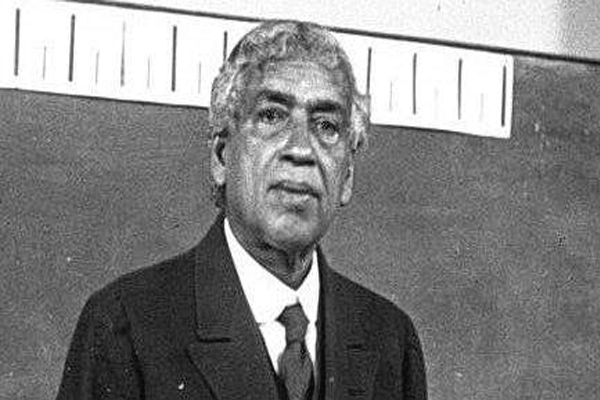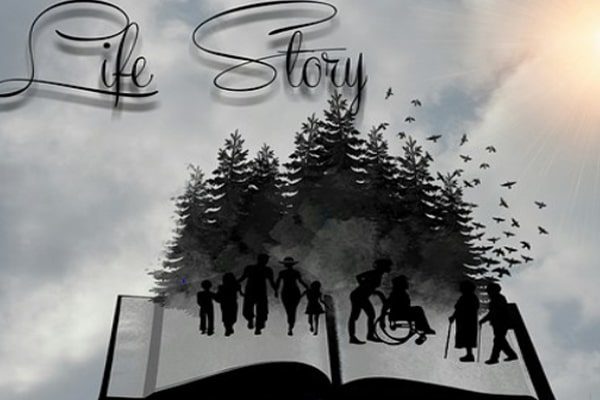Jagdish Chandra Bose Images, College, Inventions, Books, Publications, Wife, Death and Legacy

| Birth Name: | Jagdish Chandra |
|---|---|
| Date of Birth: | 30/11/1858 |
| Age: | 166 years old |
Indian physicist, biologist, biophysicist, botanist and archaeologist, Jagdish Chandra Bose images spread all over India and world for his contribution in multiple sectors.
Jagdish Chandra Bose started his contribution with the investigation of radio and microwave optics. He made contributions to plant sciences which worked wonders. It was Bose who made base of experimental science in the Indian subcontinent. Therefore, IEEE entitled him as one of the father of radio science. Apart from his scientific contributions, Jagdish Chandra Bose images became popular as he established himself as father of Bengali science fiction. One of his greatest inventions is crescograph, a device used to measure the growth of plants.
Jagdish Chandra Bose was born on November 30, 1858 in Munshiganj, Bengal Residency in British India (currently lies in Bangladesh). His father, Bhagawan Chandra Bose, worked as a deputy magistrate in several places within India. Bose’s father decided that he should know one’s tongue and people first; therefore, he started his education in vernacular school. Bose attended Hare School in 1869.
He holds a degree from St. Xavier’s College, Calcutta and the University of London. Bose met Father Eugene Lafont in St. Xavier’s College who inspired him towards natural sciences. He left for London to study medicine; however, he could not pursue his degree in medicine because of health issues. Therefore, he rather conducted his research with Nobel Laureate Lord Raleigh at Cambridge before he returned back to India. Bose holds BA degree from the University of Calcutta, BA (natural sciences) from University of Cambridge, BSc and Dsc from the University of London.
Research Works and Inventions Highlights
Later, Bose joined the Presidency College as a professor of Physics, where he carried on his scientific research. Jagdish Chandra Bose images started to get into highlight among his students as he ignited their interest through extensive use of scientific demonstrations.
Jagdish Chandra Bose images became more prominent after he got involved in research. Bose headed towards turning a small space in the Presidency College into a laboratory where he carried his experiments. He decided and took this action in the year 1894. The subjects of his experiments were mostly refraction, diffraction and polarization. With his extensive works on millimeter wavelengths, he prepared equipment that is still in existence at the Bose institute in Kolkata. Currently in use, a 1.3 mm multi-beam receiver used in NRAO 12 Meter Telescope in Arizona, US combine concepts of Bose’s papers he wrote in 1897.
Bose switched from Physics to study metals and plants. He underwent comparative study of the response of various metals and plant tissue. Through his study, he noticed similarities between metals and cells stimuli.
Jagdish Chandra Bose images gained highlights as he made a significant contribution in biophysics. He experimentally concluded that plants have life too. Bose’s experiment proved that effect of temperature, season and chemical inhibitors cause plants to feel and react accordingly. For his experiment, Bose took a living plant with roots and dipped it up to the stem in a vessel containing bromide (a poison). As a result, the plant’s pulse slowed down and went unsteady. A short time later, the plant died of poison after the spot vibrated violently. Therefore, Jagdish Chandra Bose images gained prominence for proving that plants and animals both show sensitivity to the things like heat, cold, light, noise and other external stimuli.
Possessing a BA degree from the University of Calcutta and the father of many inventions, Jagdish Chandra Bose images also became widely known for his writing. He has combined his writing skills and passion in sciences which come up beautifully as science fictions. Bose wrote Niruddesher Kahini (The Story of the Missing One) in 1896. It was a short story which later was expanded and added to Abyakta collection in 1921. Being a Bengali, his fictions have title in Bangla. Bose is also the writer of Palatak Tuphan (Runaway Cyclone), one of the first works of Bengali science fiction.
For a number of contributions, Jagdish Chandra Bose images got more value as he received many prestigious honors. He is the receiver of Companion of the Order of the Indian Empire in 1903, Companion of the Order of the Star of India in 1912 and Knight Bachelor in 1917. Similarly, he was honored as Fellow of the Royal Society in 1920. He became the member of the Vienna Academy of Sciences in 1928 and member of Finnish Society of Sciences and Letters in 1929. Bose is also the founding fellow of the National Institute of Sciences of India, currently known as the Indian National Science Academy. In the pursue of honoring Bose, on June 25, the Indian Botanic Garden was renamed as Acharya Jagadish Chandra Bose Indian Botanic Garden.
The major contributor in the science and literature, Jagdish Chandra Bose images also grew as he made things much simpler for future researchers, students and professors. He wrote and published many journals and books. “On Elektromotive Wave accompanying Mechanical Disturbance in Metals in Contact with Electrolyte” and “Sur la réponse électrique de la matière vivante et animée soumise à une excitation — Deux procédés d’observation de la réponse de la matière vivante” are his major journals.
In the same note, he published a number of books. Some of them are Response in the Living and Non-liing (1902), Life Movements in Plants (1918), The Physiology of Photosynthesis (1924) and Comprative Electro-physiology: A Physio-physiological Study (1907).
He married Abala Bose. Abala Bose is a social worker and a renowned feminist. Jagdish Chandra Bose images of his works still remains alive even after 80 years of his death. Bose died at the age of 78 on November 23, 1937.
His place has been re-valued and his instruments are still on display. Many of them are usable even after 100 years of invention. Antennas, polarizers and waveguides are still in use. In 1958, JBNSTS scholarship programme was launched in West Bengal, the same year when India started using his portrait on post stamps.
Recent News
-

Duane Chapman Is Now Engaged To Girlfriend Francie Frane, Had Lost Wife 10 Months Earlier
-

Katherine Schwarzenegger Pregnant With Her First Child With Husband Chris Pratt
-

Chris Cuomo's Son Mario Tested Postive For Coronavirus
-

Kodak Black And NBA YoungBoy, Dissing One Another Via Social Media
-

Maeve Kennedy McKean, Robert F. Kennedy's Granddaughter, is Missing Along With Her Son
Entertainment
-

The Evolution of Entertainment: Online Casting Calls Redefining the Industry
-

Mamoudou Athie's Must-Watch Performances in the Movies and TV Series
-

Try These Unique Forms of Entertainment When You've Exhausted All Options
-

7 Best Movies on Netflix This Week
-

Campus Grooves: Exploring Music Festivals in American Colleges





